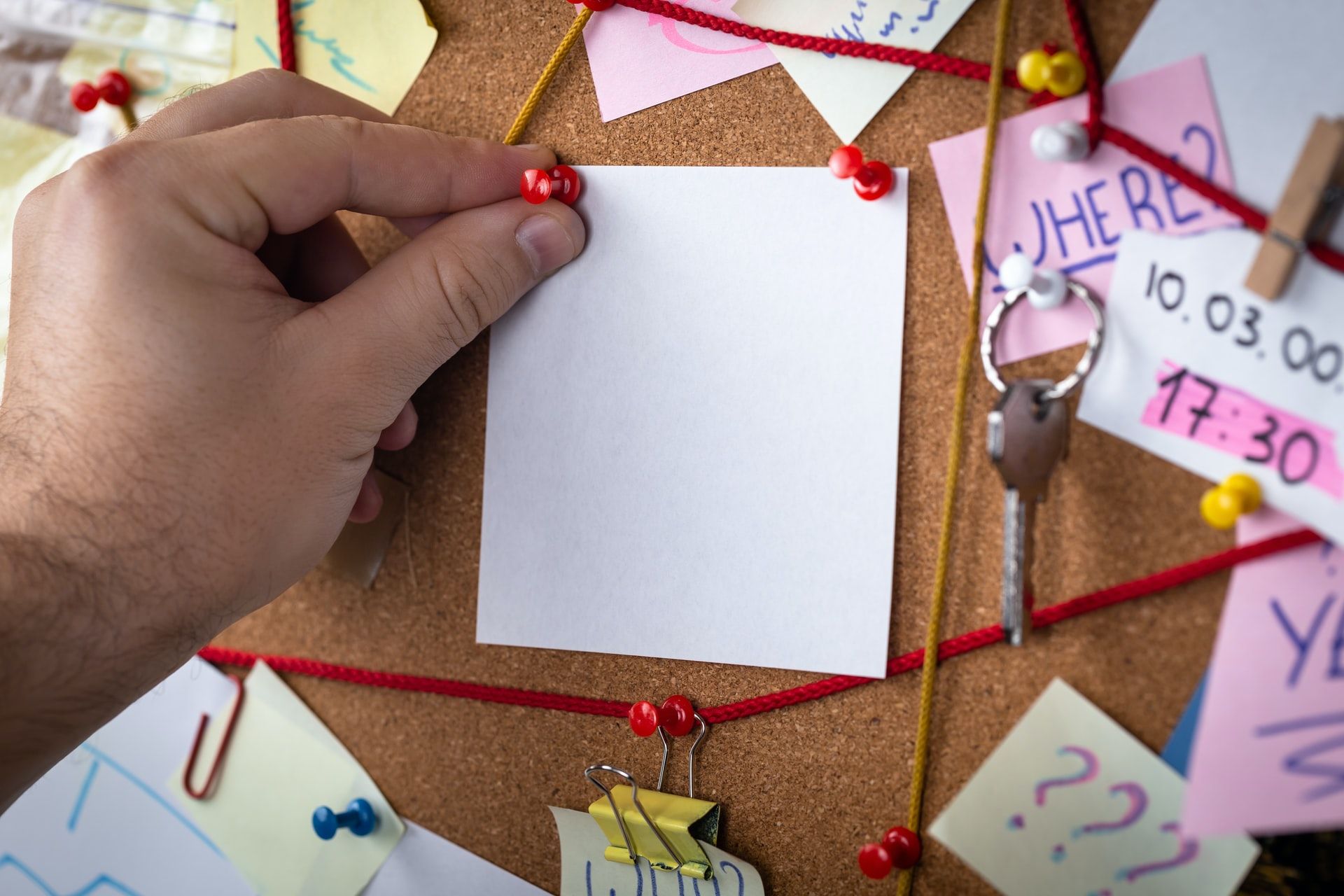The question of memorization—or, couched in the terms of learning and memory theory, “long-term memory retention”—is essentially a battle with our tendency to forget. Not only that, but because memorization is the absence of forgetting, it is painfully slow and unreliable by design.
Whereas it only takes a moment to forget a fact, remembering it is an arduous process that is never over. As educators or learners, our work is cut out for us.
But not all hope is lost. There are techniques you can use to increase memory retention that help you work together with how the mind works and not against it. (Brainscape has even spent over a decade researching how to study more efficiently and painfully learning these lessons.)
We just need to first learn how forgetting and retention works before finding the best approach to committing information to long-term memory.
Making long-term memory retention work for you

Forgetting
Forgetting has been described as an adaptation that allows us to cope with the slew of demands on our attention by allowing irrelevant information to recede to the background. All organisms (with a few exceptions here and there) forget things rather quickly. If we didn’t forget—the evolutionary argument goes—we would be burdened by irrelevant facts and become helpless to go about our lives.
Forgetting happens extremely quickly after an initial presentation of a fact or number. It takes just 10 minutes to forget a vocabulary word in a foreign language, and non-linguistic data—such as a seven-digit phone number—can be gone in the blink of an eye. Psychologists as well as computer scientists talk about the “memory trace” of an activated fact; with time, the activation (corresponding to likelihood or speed of recall) dwindles to nothing.
Retention
The question, then, is what to do about it?
Studies have shown that the single best way to avoid forgetting information is exposure to it. In other words, rather than relying on newer, fancier ways to absorb it, simply absorb it more. Moreover, the number of presentations of a fact is a better indicator of long-term retention than the cumulative time spent studying it—12 five-minute sessions are much better than an hour at once if your goal is to retain that fact for a long time.
This is all well and good—we’ve been told this in school before in the guise of “Don’t cram” injunctions. But technology has finally progressed to the point where, thanks to spaced repetition systems (SRS) such as Brainscape, there are ways to avoid reviewing entire swathes of material and instead to focus on only those facts that are in danger of being forgotten.
Spaced repetition
So, let's introduce the incredible effective learning concept of spaced repetition. We know that our brains are wired to forget information because we can't possibly store everything. So, we need to pay closer attention to the information that we want to remember over time.
Spaced repetition is a technique through which difficult and new concepts are studied more often than easier concepts. These are then repeated in increasingly longer intervals the better you get to know them. It's been an incredible break-through for the science of learning. Adequately spacing repetition has been shown to be tremendously more effective than any other "memorization" gimmick like mnemonics, stories, emotions, or associations.

The reason spaced repetition is so useful is that rather than reviewing, say, all the material for an upcoming test at once, it tracks each specific fact’s memory trace and, when that trace is getting dangerously low, targets that specific fact for presentation. When you combine this time-saving innovation with SRSs’ reliance on confidence, rather than true testing, the result is blisteringly fast rates of memorization compared to traditional flashcards or reviewing notes.
So how can spaced repetition help you to improve memory retention?
The effectiveness of this technique has led to tons of software developers creating learning software that utilize spaced repetition. We may be a bit biased but Brainscape, our web and mobile flashcards app, has the most effective learning software because we've combined spaced repetition with an effective learning curriculum. All material is divided into bite-sized bits of information, which you learn with just the right level of frequency to optimize learning speed and retention.
When spaced repetition is combined with the user's own self-assessment and applied to a massive body of knowledge like law, medicine, or a foreign language , spaced repetition can literally help people learn many times faster and retain the information for exponentially longer.
Sources
Altmann, E. M. & Gray, W. D. (2002). Forgetting to remember: The functional relationship of decay and interference. Psychological Science, 13(1), 27-33. https://doi.org/10.1111%2F1467-9280.00405
Janiszewski, C., Noel, H., & Sawyer, A. G. (2003). A meta-analysis of the spacing effect in verbal learning: Implications for research on advertising repetition and consumer memory. Journal of Consumer Research, 30(1), 138-149. https://doi.org/10.1086/374692
Karpicke, J. D. & Roediger, H. L. III (2007). Expanding retrieval practice promotes short-term retention, but equally spaced retrieval enhances long-term retention. Journal of Experimental Psychology: Learning, Memory, and Cognition, 33(4), 704-719. https://doi.org/10.1037/0278-7393.33.4.704
Nelson, T. O. & Leonesio, R. J. (1988). Allocation of self-paced study time and the “labor-in-vain” effect. Journal of Experimental Psycology: Learning, Memory, and Cognition, 14(4), 676-686. https://doi.org/10.1037//0278-7393.14.4.676
